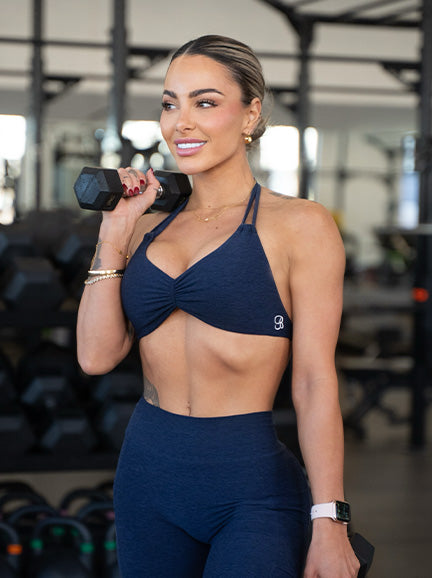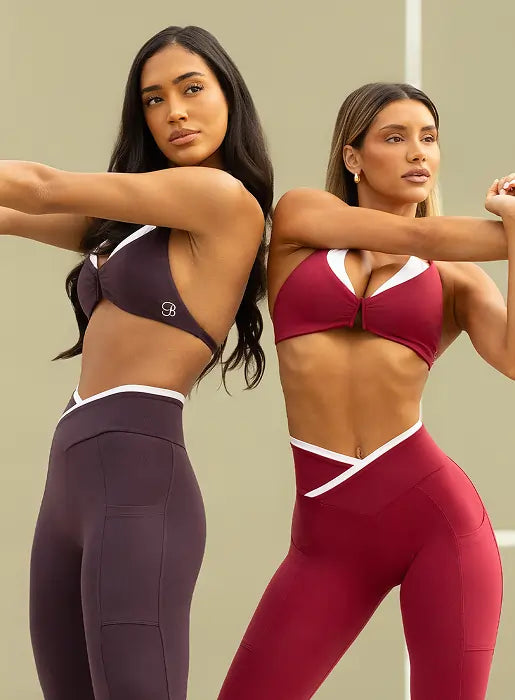How lifting went from niche to mainstream, reshaping women’s health, confidence, and everyday performance.
Over the last decade, strength training for women has surged in popularity, transforming from a niche fitness trend into a mainstream wellness movement.
This shift is not just about building muscle. It is about redefining strength, health, and body confidence. Women everywhere are realizing that lifting delivers benefits far beyond aesthetics, improving both physical and mental well-being.

Why Strength Training Is on the Rise
The benefits of lifting extend across every stage of life. Whether you are 25 and building lean muscle or 55 and focusing on bone density, strength work can be a game changer.
- Improved muscle tone and strength — Lean muscle shapes the body and supports a healthy metabolism.
- Bone density protection — Resistance training helps guard against osteoporosis.
- Enhanced functional fitness — Everyday tasks feel easier with strong, conditioned muscles.
- Mental resilience — Confidence built in the gym carries into daily life.
For many, the journey begins with a program tailored to their needs, blending resistance work, recovery, and progressive overload for sustainable results.
Busting the Myths

One of the most persistent myths was that lifting heavy would make women “bulky.” Science — and thousands of strong, lean lifters — proves otherwise. Consistent strength training builds a sculpted, athletic body and supports health markers like metabolism, cardiovascular fitness, and hormonal balance.
How Women Are Training Now
Today’s approaches blend classic and modern methods, including:
- Barbell and dumbbell training
- Resistance band workouts
- Functional training circuits
- Powerlifting and Olympic lifts
- Bodyweight progressions
This flexibility lets women train for performance, aesthetics, or overall wellness.
What to Wear for Strength Training
The right activewear supports movement, keeps you comfortable, and lets you focus on your lifts without distractions.

V Waist Contour Leggings
Contoured V-waistband, seamless front, and curve-enhancing scrunch detail for a sculpted silhouette with all-day comfort. Side pockets add effortless functionality in and out of the gym.
Full Coverage Lift Halter Bra
Everyday wearability meets performance design. A flattering V neckline and longline shape create a smooth, sculpted look, while the open back allows easy movement. Built-in bra and an adjustable halter strap deliver comfort and support for training or daily wear.


Scrunch Butt V Back Shorts
Bold color and a second-skin fit deliver confidence and mobility. The signature V back sculpts and lifts through squats and lunges, turning classic gym shorts into a statement piece you will wear beyond the workout.
The Future of Strength Training for Women
As more women discover the benefits of lifting, the trend shows no signs of slowing down. Progress stories are everywhere, trainers are building specialized programs, and gyms are creating more inclusive spaces.
The future is strong, balanced, and built on the idea that strength belongs to everyone.
FAQs
1. What are the benefits of strength training?
Improved muscle tone, a healthier metabolism, stronger bones, better functional fitness, and greater mental resilience.
2. How often should I train?
Most beginners do well with two to four sessions per week with recovery between workouts.
3. Can I combine cardio with lifting?
Yes. A balanced plan often includes both strength training and cardio for overall fitness.
4. How do I start as a beginner?
Focus on compound movements like squats, deadlifts, presses, and rows. Start light and progress gradually.
5. What should I wear to lift?
Choose supportive, flexible pieces like V Waist Leggings and a full coverage sports bra for comfort and performance.






















































































































































































